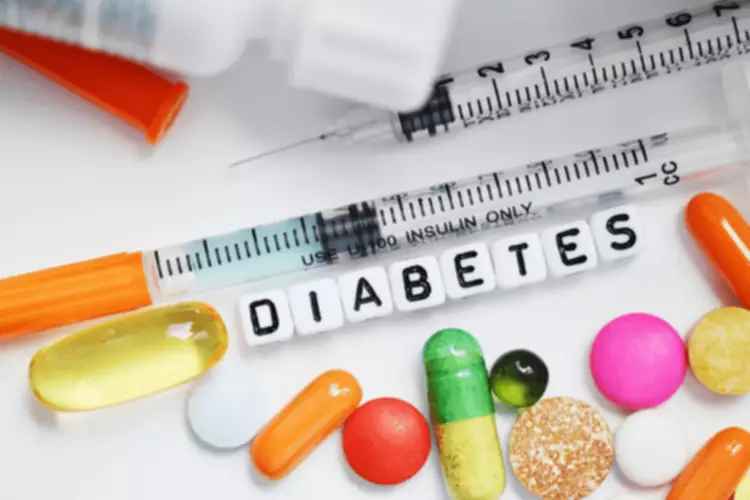Relapse dynamics during smoking cessation: Recurrent abstinence violation effects and lapse-relapse progression PMC

Individuals with very low or very high risk often drink very heavily or remain abstinent and few individuals remain in a “lapsed” state. In fact the conceptual definitions of lapse and relapse do not allow for an individual to be abstinence violation effect in a stable lapse state (Witkiewitz & Marlatt, 2004). Witkiewitz (2004, 2005) used a type of person-centered analysis called latent growth mixture modeling to assess the within-person variability in drinking behavior during the 12-months following treatment. The results showed the majority of individuals (76%) returned to abstinence or light drinking following a light initial lapse (64%) or heavy initial lapse (12%). Only 13% of individuals maintained a moderate drinking pattern following the initial lapse, and within this group of individuals many returned to heavier drinking by the 12-month follow-up.

4. Consequences of abstinence-only treatment

Consistent with the philosophy of harm reduction as described by Marlatt et al. (2001), harm reduction psychotherapy is accepting of a wide range of client goals, including risk reduction, moderation, and abstinence (of note, abstinence is conceptualized as consistent with harm reduction when it is a goal chosen by the client). Publications about harm reduction psychotherapy have included numerous case studies and client examples that highlight the utility of the approach for helping clients achieve reductions in drug and alcohol use and related problems, moderate/controlled use, and abstinence (Rothschild, 2015b; Tatarsky, 2002; Tatarsky & Kellogg, 2010). Here we provide a brief review of existing models of nonabstinence psychosocial treatment, with the goal of summarizing the state of the literature and identifying notable gaps and directions for future research. Previous reviews have described nonabstinence pharmacological approaches (e.g., Connery, 2015; Palpacuer et al., 2018), which are outside the scope of the current review. While there are multiple such intervention approaches for treating AUD with strong empirical support, we highlight a dearth of research testing models of harm reduction treatment for DUD.
- It stems from the belief that individuals who establish strict rules of abstinence may be more vulnerable to relapse when faced with a violation of those rules.
- Daily resumption was defined as 3 or more consecutive days of smoking at any level, the last day of which marked the end of the initial abstinence attempt and the resumption of daily smoking.
- Here we provide a brief review of existing models of nonabstinence psychosocial treatment, with the goal of summarizing the state of the literature and identifying notable gaps and directions for future research.
- If the client is high in distal risk, then the treatment provider may educate the client about the possibility of “falling from the wagon,” given small changes in proximal risks.
- In this model, treatment success is defined as achieving and sustaining total abstinence from alcohol and drugs, and readiness for treatment is conflated with commitment to abstinence (e.g., Harrell, Trenz, Scherer, Martins, & Latimer, 2013).
Initial AVE and Resumption of Daily Smoking
This literature – most of which has been conducted in the U.S. – suggests a strong link between abstinence goals and treatment entry. For example, in one study testing the predictive validity of a measure of treatment readiness among non-treatment-seeking people who use drugs, the authors found that the only item in their measure that significantly predicted future treatment entry was motivation to quit using (Neff & Zule, 2002). The study was especially notable because most other treatment readiness measures have been validated on treatment-seeking samples (see Freyer et al., 2004).
Recurrent AVEs and Lapse Progression
Taylor uses an app to watch her intake of calorie limit and does see positive outcomes to her new lifestyle.
Cognitive neuroscience of self-regulation failure
One of the most promising research designs for this purpose comes from the recent applications of ecological momentary assessment, in which each client is assessed in the moment on numerous (often greater than 100) occasions (see Shiffman et al., 2002; 2004). For these data and many other types of analysis a linear, continuous model may not be appropriate for modeling the relationship between risk factors and drinking behavior. The current study attempts to address this problem by examining the discontinuous relationship between risk factors and alcohol relapse. The ultimate goal of this inquiry is to provide clinicians and their clients with a heightened awareness of the roadblocks, speed traps, and other hazards operating within the often unpredictable relapse process.
- For example, Hawkins and Hawkins (1998) present a case study of an individual’s alcohol intake over a 6-year period.
- Although reducing practical barriers to treatment is essential, evidence suggests that these barriers do not fully account for low rates of treatment utilization.
Relapse and Lapse

For example, an individual who has successfully abstained from alcohol, after having one beer, may drink an entire case of beer, thinking that since he or she has “fallen off the wagon,” he or she might as well go the whole way. When an abstinence violation occurs, the attributions an individual makes play an important part in determining the trajectory of subsequent use. When abstinence violation occurs, individuals typically enter a state of cognitive dissonance, defined as an aversive experience resulting from the discrepancy created by having two or more simultaneous and inconsistent cognitions.
- Other investigators may chose to use an imputation procedure, such as multiple imputation (Schafer & Graham, 2002), which would allow for missing data to be generated by the relationships between the missing information and the full information available to the researcher.
- For example, Boker and Graham (1998) identified a linear oscillator in the development of adolescent substance abuse, indicating that periods of increased substance use alternate with periods of decreased substance use before leveling out at a more stable level of substance use.
- The current study attempts to address this problem by examining the discontinuous relationship between risk factors and alcohol relapse.
- It has been proposed that the relapse risk factors described above are networked, dynamic, and multifaceted (Donovan, 1996; Marlatt, 1996; Shiffman, 1989; Witkiewitz & Marlatt, 2004).
The findings from this study provide qualitative and quantitative support for the conceptualization of post-treatment drinking behavior as a cusp catastrophe. The qualitative characteristics of relapse as a catastrophe were supported by reviewing results from a variety of empirical studies. A theoretically derived model of proximal and distal relapse risk factors, replicating the model proposed by Hufford et al. (2003), provided the best fit in a catastrophe model of post-treatment drinking quantity, when the model only included those individuals who were drinking. The models that included non-drinkers did not provide a better fit to the observed data when control parameters were added to the model.


